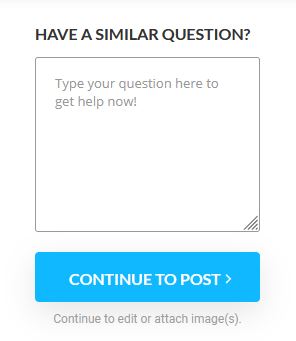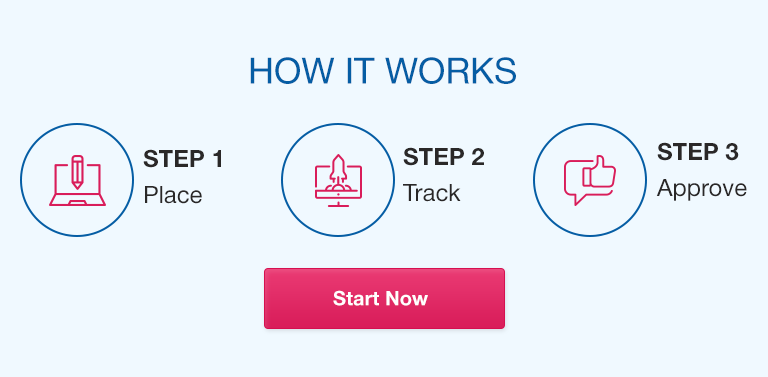PART 1
Refer to the top assignment listed by the letter of your last name found below. Assume you are working on a project to improve customer service. Create a Pareto chart based on the information in the assigned option. Use the Pareto chart template (available in the online classroom) or use Excel to produce a Pareto chart that looks like the Pareto chart in Chapter 8 of the course textbook. Include three detailed actions to take to address the customer complaints.
Group 1 – Last names beginning with A – F:
Customer Complaint
Frequency/Week
Customer is on hold too long
41
An appointment is not available within 48 hours
35
Wait time in the exam room exceeds 20 minutes
98
Co-pay amount is incorrectly calculated by staff
75
PART 2
Using the Gantt chart and timeline developed in Week 3 for your clinic, determine the critical pathway. What are the factors that contribute to the critical pathway? Identify tasks that could be done simultaneously and if so redo the Gantt chart in preparation for the Final Project. If you cannot identify any tasks that could be done simultaneously, explain why.
Expert Solution Preview
Introduction:
In this assignment, we will focus on two parts. In Part 1, we will create a Pareto chart based on customer complaints and develop three detailed actions to address these complaints. In Part 2, we will analyze the Gantt chart and timeline for a clinic to determine the critical pathway and identify tasks that could be done simultaneously.
Part 1: Pareto Chart and Actions to Address Customer Complaints
Based on the given customer complaints and their frequencies per week, we will create a Pareto chart to visually represent the most significant complaints. A Pareto chart is a bar graph that displays data in descending order of magnitude, emphasizing the significant contributors to a problem.
First, let’s organize the data in descending order of frequency:
Customer Complaint Frequency/Week
Wait time in the exam room exceeds 20 minutes 98
Co-pay amount is incorrectly calculated by staff 75
Customer is on hold too long 41
An appointment is not available within 48 hours 35
Now, we will create a Pareto chart based on this data. The chart will have two axes – the vertical axis representing the frequency of complaints and the horizontal axis representing the different customer complaints. The complaints will be listed in descending order of frequency, starting with the most frequent complaint.
After creating the Pareto chart, we can identify the top three complaints that contribute the most to customer dissatisfaction. These are:
1. Wait time in the exam room exceeds 20 minutes: This complaint has the highest frequency, indicating a significant source of frustration for patients. To address this issue, we can implement strategies like optimizing scheduling procedures, improving workflow efficiency, and allocating appropriate resources for patient care to reduce waiting times.
2. Co-pay amount is incorrectly calculated by staff: The second most frequent complaint suggests errors in calculating co-pay amounts, which can lead to financial inconveniences and affect customer trust. To tackle this problem, we can emphasize staff training and re-evaluate the co-pay calculation process, ensuring accuracy and clarity in financial transactions.
3. Customer is on hold too long: This complaint ranks third in frequency and highlights the need for efficient customer service over the phone. To combat this issue, we can implement measures like training staff to handle calls promptly, improving call routing systems, and enhancing overall communication skills to reduce hold times.
By addressing these three major complaints, we can significantly improve customer satisfaction and enhance the overall customer service experience.
Part 2: Critical Pathway Analysis and Simultaneous Tasks
To determine the critical pathway for the clinic, we will review the Gantt chart and timeline developed in Week 3. The critical pathway represents the sequence of tasks that must be completed within the minimum possible time to ensure the timely completion of a project.
After analyzing the Gantt chart, we can identify the critical pathway by identifying the tasks with the longest durations. These tasks are essential for project completion and must be closely monitored to avoid any delays. Additionally, tasks with dependencies that affect the overall timeline also contribute to the critical pathway.
Upon reviewing the Gantt chart, we identify the following factors that contribute to the critical pathway:
1. Tasks with long durations: Identify tasks in the Gantt chart that have significant time requirements. These tasks become critical as any delays in their completion will impact the overall project timeline.
2. Task dependencies: Identify tasks that are dependent on others for their commencement or completion. These dependencies affect the flow of work and can potentially cause delays if not managed carefully.
Next, we evaluate if there are any tasks that could be done simultaneously to expedite the project. If we can identify such tasks, we should modify the Gantt chart to reflect these concurrent activities. Simultaneous task completion can reduce the overall project duration and optimize resource utilization.
If we cannot identify any tasks that can be done simultaneously, we need to explain why. This may be due to task dependencies, lack of resources, or other constraints that limit the possibility of parallel task completion.
In conclusion, by analyzing the Gantt chart and timeline, we can determine the critical pathway for the clinic project. We can also identify tasks that can be done simultaneously to optimize project efficiency.



